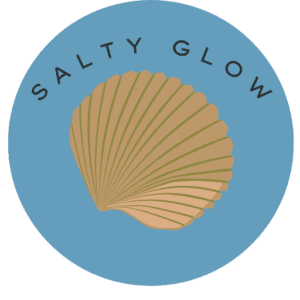Addiction takes away your control over your life. It can destroy your relationships, career and family. To quit a harmful habit like addiction, you must address the behavioral and neurological aspects of the problem — the power of habits are helpful in this regard. Here are five ways you can do it.
1. Set a New Pattern
Patterns ultimately form a habit. For example, a common trend for successful people is they wake up early. If you believe this, you subconsciously conclude the only way to become successful is by getting up before 9 a.m. each morning. When solidified, this pattern turns into a belief that influences a habit.
One strategy to break away from addiction is adopting a new pattern. Instead of quitting immediately and risking withdrawal, configure the framework associated with the habit. How do most people recover from addiction? They restrict their compulsions and make small changes that propel their progress toward an addiction-free life. If you have alcoholism, a new pattern can look like the following:
- Setting a drinking goal, like a glass per day
- Drinking double the amount of water after sipping alcohol
- Deciding on an alcohol free-day and increasing it to two or three days after you’ve adapted
Setting patterns one after another can initiate the formation of a new habit and allow you to take small steps toward recovery.
2. Break the “Cue” in the Habit Loop
The power of habits loops into three elements — cue, routine and reward. The cue can be locations, people, emotional state, time of day or a preceding action. An example of a time cue is every 8 p.m., you crave alcohol. The routine is the behavior or response to a cue — you would reach out for a bottle. The reward is the last in the cycle — it’s what you receive. In the example, you start drinking alcohol.
A typical craving could last for 3 to 5 minutes and ease. Breaking the cue can help you get out of the loop. When the clock strikes 8 p.m., distract yourself by drinking tea, watching a comedy movie or showering. By interrupting the cue, you’ll avoid the addiction loop.
3. Introduce a Third Option
People quickly enter various types of addiction because there’s no alternate choice to reroute the course of action. If cravings kick in, two scenarios likely happen — you either engage in substances, or don’t and deal with the stress. Like on autopilot, addiction overrides willpower and the power of habits dictates you’re more likely to use when you have limited options.
Offering a third choice to redirect the trajectory of automatic behaviors can curb addiction. Similar habits work best as a diversion. If your picks are between drinking alcohol or fresh juice, there’s a higher possibility you’d take fresh juice. Between using drugs or playing sports to get a natural “high,” you’d likely choose the latter. Expanding your choices can empower you to pursue a sober lifestyle.
4. Stay Away From Temptations
Temptations feed poor habits. It’s like seeing a cake at a bakery — you’ll want one even if it’s terrible for your health. Staying out of temptations is easier said than done, but you can think of it as a skill you’re trying to build a habit around. Resisting temptation is initially hard, but once you learn to manage your impulses, the power of habits will prevail.
Assess your environment. Do you have a friend who uses drugs? Stop contacting them. Do certain feelings — like anger — set you off to addictive behaviors? Avoid situations that can provoke anger. If a friend invites you for a drink and you know you can’t stop with just a glass, decline the invitation. Eliminate or stay away from factors that make you vulnerable to a relapse.
5. Find Healthy Ways to Relieve Stress
People often divert to smoking, substances or alcohol because they don’t know how to cope with stress healthily. You can slowly disconnect from your addiction by leveraging the power of habits.
For instance, you can pivot to exercise when you feel the urge to drink, smoke or use drugs. It will be challenging at first, as recovery is a long and slow process. But if you stick to it and believe marginal improvements can shift you to positive coping mechanisms, you’re a step toward a better life. You can quit negative habits by using positive reinforcements.
The Profound Power of Habits Can Change Your Life
The process of building a positive or negative habit is the same — you do tiny actions that fortify a pattern of behavior until doing it becomes automatic. Using the power of habits, you can disintegrate addiction by doing small things to move you away from it until the impulses lose their grip on you.
Habits determine the direction of your life. Use them to quit addiction, achieve success and live a better quality of life.
Writer Bio

Beth is the Managing Editor and content manager at Body+Mind. She shares knowledge on a variety of topics related to nutrition, healthy living, and anything food-related. In her spare time, Beth enjoys trying out new fitness trends and recipes.




